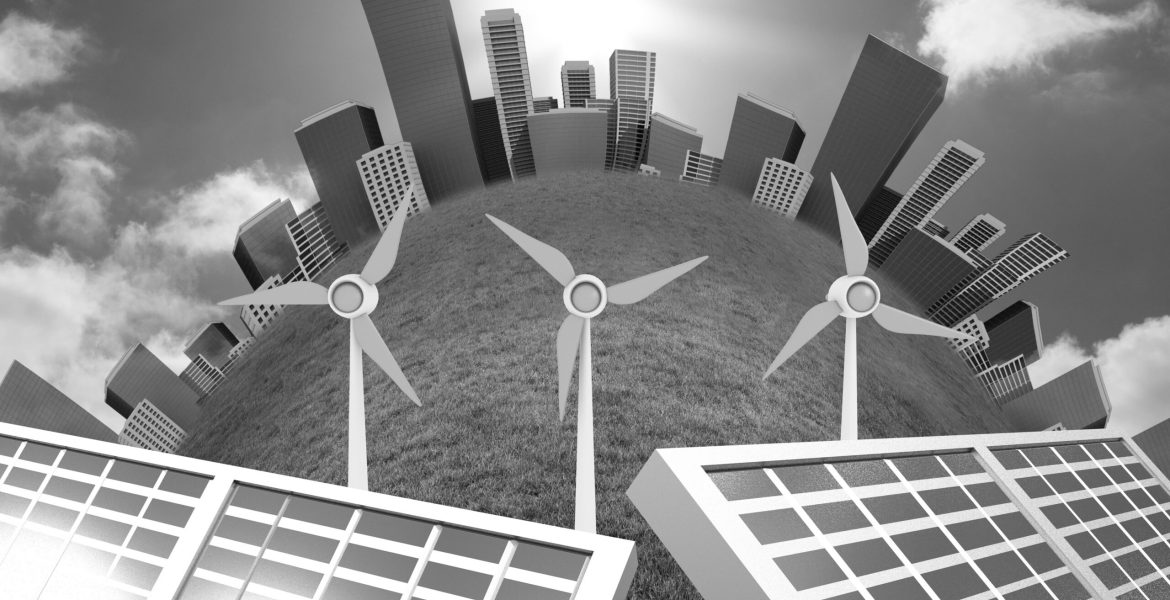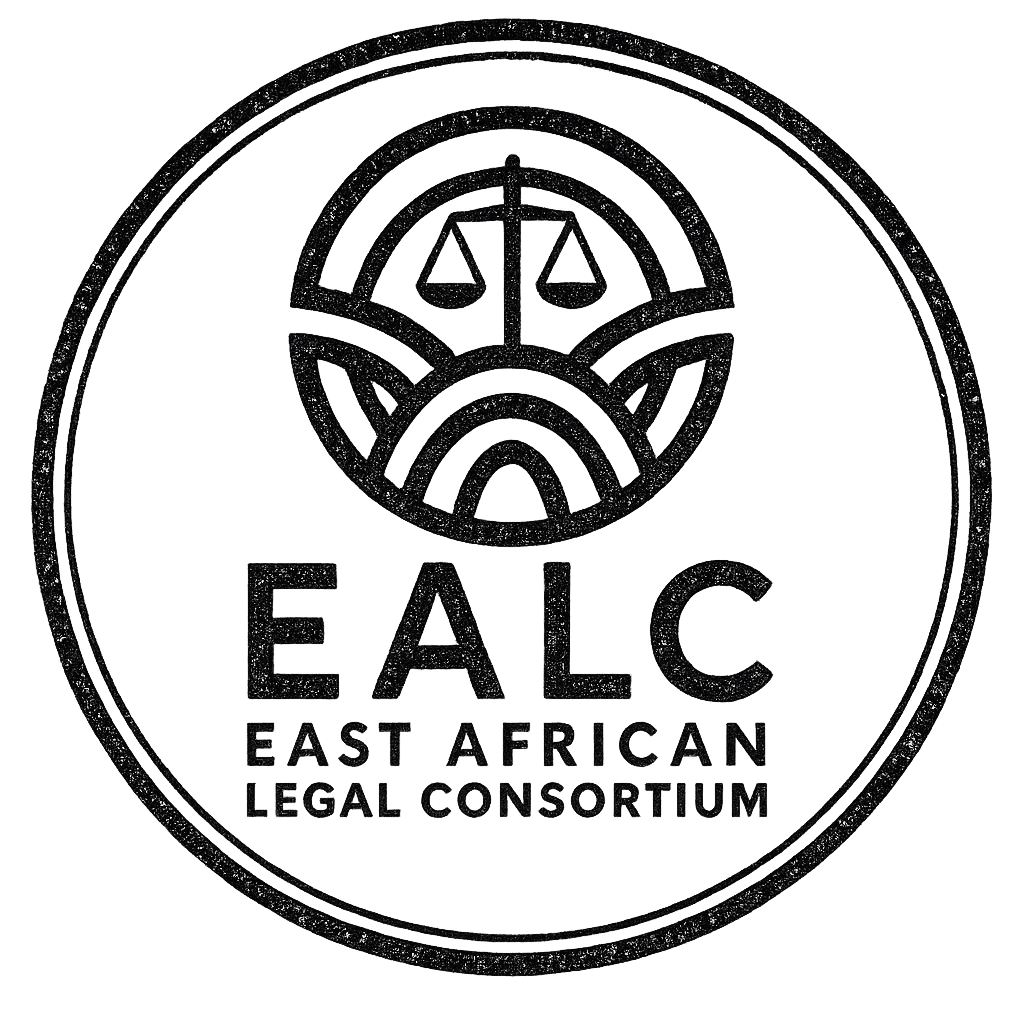Climate and Renewable Energy

brochure
Download our document to see specific data of the service and how we work.
why choose us
Years Of Experience
Many Prestigious Awards
Experienced Attorney
Free Consulting
Let's win together
Please feel free to contact us. We will get back to you with 1-2 business days. Or just call us now.

Survey Note On Climate Change And Renewable Energy In Kenya
Introduction
International arbitration serves as a critical mechanism for resolving cross-border disputes, offering advantages such as neutrality, confidentiality, and enforceability under the 1958 New York Convention, ratified by over 140 states, including Kenya since 10 February 1989. In Kenya, this practice is embedded within a legal and institutional framework that aligns with global standards, making it an attractive option for parties in international transactions. This survey note provides a comprehensive overview of the landscape of international arbitration in Kenya, linking it to international practices, and is crafted to be usable as a general guide, similar to those found on legal websites like the East African Law Chambers (EALC).
The analysis is based on recent research and legal developments as of June 2025, reflecting Kenya’s growing role in global arbitration. It covers the legal framework, key institutions, types of disputes, arbitration process, enforcement mechanisms, and current trends, ensuring a thorough understanding for legal professionals, businesses, and stakeholders.
Kenya’s Climate Change Policies and Commitments
Kenya has demonstrated a robust commitment to climate action through international and national frameworks. It is a signatory to the Paris Agreement, with ambitious targets to reduce greenhouse gas emissions by 32% by 2030. At COP26, Kenya signed the forestry pledge and committed to accelerating the transition to zero-emission vehicles, though it has not joined methane or coal exit pledges, with plans to join the former. Domestically, the Climate Change Act (2016), enacted to promote climate-resilient low-carbon economic development, mandates the development and five-year updates of the National Climate Change Action Plan (NCCAP). The latest NCCAP, covering 2018-2022, guides climate action and supports Nationally Determined Contribution (NDC) implementation, focusing on sectoral emissions reductions.
Additional policies include the National Energy Efficiency and Conservation Strategy (2020), aiming for a 2.8% annual energy intensity reduction, targeting emissions from 7.4 MtCO2e in 2015 to 8.2 MtCO2e by 2025. The Constitution (2010) supports climate action by setting a 10% tree cover target, estimated at 7% in 2017, promoting sustainable land management. President William Ruto’s vow to plant 15 billion trees by 2032, aiming for 30% tree cover, underscores Kenya’s adaptation efforts, as highlighted in a 2024 event at Johns Hopkins SAIS (How Kenya Is Tackling Climate Change).
Renewable Energy Landscape in Kenya
Kenya’s energy sector is dominated by renewables, with over 92.3% of electricity generation in 2020/2021 from sources like geothermal (43.6%) and hydro (36.5%), as noted in the Climate Action Tracker (Policies & action | Climate Action Tracker). The country aims for 100% renewable power by 2030, supported by significant projects. The Menengai Geothermal Power Plant, a UK-Kenya collaboration, will generate 35MW of clean energy, as reported in a 2023 UK government announcement (UK and Kenya deliver again on KES 500bn climate projects). Kenya’s leadership is further evidenced by hosting the inaugural Africa Climate Summit in 2023, culminating in the Nairobi Declaration, emphasizing green growth (Kenya’s Green Leadership: Shaping Africa’s Climate Future | CSIS).
The Accelerated Partnership for Renewables in Africa (APRA), launched in September 2023 by IRENA, Kenya, Denmark, Germany, and the UAE, aims to boost renewable energy development, with Kenya’s President William Ruto outlining ambitions for green industries by 2040 (Kenya Spearheads Landmark Renewable Energy Initiative at Africa Climate Summit). Over 70% of Kenya’s landmass, being Arid and Semi-Arid, offers potential for renewables, with electricity access at 76.89% by 2022, projected to increase with population growth to between 80 and 220 million by 2100, driving energy demand (Renewable energy status and uptake in Kenya – ScienceDirect).
Legal Framework for Climate Change and Renewable Energy
Kenya’s legal framework is robust, supporting climate action and renewable energy development. The Climate Change Act (2016) establishes a framework for low-carbon development, mandating NCCAP updates every five years. The Energy Act (2019) consolidates laws for renewable energy promotion, geothermal, and petroleum/coal regulation, without specific emissions targets, administered by EPRA. The Forest Conservation and Management Act (2016) guides sustainable forest management, classifying forests and emphasizing carbon sequestration, while the Sustainable Waste Management Act (2021) introduces waste management schemes like take-back and extended producer responsibility, though without explicit GHG reduction measures.
Investment is encouraged through tax exemptions and feed-in tariffs, with permitting and licensing processes governed by the Energy Act. Carbon trading and climate finance mechanisms, such as those under the Green Climate Fund, are emerging, with Kenya receiving $2.4 billion in climate-related investments in 2018, though this is below the annual amount needed to meet NDC targets (Kenya Climate Change Fact Sheet | Global Climate Change). Legal challenges include contract enforcement and dispute resolution, requiring expertise in environmental law and regulatory compliance.
International Practices and Their Relevance to Kenya
Globally, countries adopt strategies like carbon pricing, green bonds, and public-private partnerships for renewable projects. Kenya can learn from these, aligning with international best practices through its Paris Agreement commitments and COP26 pledges. International cooperation is vital, with funding from the Green Climate Fund and bilateral agreements, such as with the UK and Germany, supporting projects like Menengai. The Nairobi Declaration, signed in 2023, calls for investment in Africa’s natural assets for low-carbon development, emphasizing partnerships for financial, technical, and technological support (Kenya: Staff Report for the 2023 Article IV Consultation).
Challenges and Opportunities
Despite progress, challenges include ensuring universal energy access, securing financing for large-scale projects, and technology transfer. As of 2025, electricity access stands at 76.89%, with projections for increased demand due to population growth. Opportunities include job creation, economic growth, and energy security, with Kenya’s renewable potential offering environmental benefits. Legal challenges, such as regulatory compliance and dispute resolution, require robust legal support, where EALC can assist clients in navigating contracts and environmental assessments.
Case Studies
Successful projects like the Lake Turkana Wind Power Project and Olkaria Geothermal Power Plants illustrate Kenya’s renewable energy capabilities. These involved complex legal arrangements, including power purchase agreements, land leases, and environmental impact assessments, highlighting the need for legal expertise in project development. The Menengai Geothermal Power Plant, with UK collaboration, exemplifies international partnerships, generating 35MW of clean energy, as reported in 2023 (UK and Kenya deliver again on KES 500bn climate projects).
Detailed Analysis Table
Below is a table summarizing key policies and their details, as of June 10, 2025:
| Policy/Document | Details | Year/Period | Key Targets/Measures |
| Climate Change Act | Framework for low-carbon development | 2016 | Mandates NCCAP updates every 5 years |
| NCCAP | Guides climate action, supports NDC | 2018-2022 | Sectoral emissions reduction targets |
| Energy Act | Promotes renewable energy, regulates petroleum/coal | 2019 | No specific emissions targets |
| Forest Conservation and Management Act | Sustainable forest management, carbon sequestration | 2016 | Classifies forests, protects indigenous forests |
| Sustainable Waste Management Act | Establishes waste management schemes | 2021 | Take-back schemes, closes dumpsites |
| National Energy Efficiency Strategy | Reduces energy intensity by 2.8%/year | 2020 | Emissions from 7.4 MtCO2e (2015) to 8.2 MtCO2e (2025) |
Kenya’s journey towards a sustainable, low-carbon future is underpinned by strong policy frameworks, ambitious targets, and innovative projects. Legal professionals at EALC play a pivotal role in navigating the complexities of this sector, from advising on regulatory compliance to structuring investments and resolving disputes. As Kenya continues to lead in climate action, linking to international practices through collaborations and funding, the legal community must remain at the forefront, providing the necessary support to realize the nation’s green vision.
East African Legal Consortium (EALC) – Your Partner in Excellence
This guide provides general information and is not a substitute for professional legal advice. For case-specific guidance, contact EALC for a consultation.
Attorney In This Case:

Andrew Kinzer
Lawyer, Consultant
Our Working Process and Solution
Vestibulum rhoncus ullamcorper arcu, a mollis sapien hendrerit finibus. Proin scelerisque dolor a nunc scelerisque pharetra. Aenean hendrerit orci at sapien aliquet, scelerisque iaculis odio pellentesque. Sed ut velit mi. Etiam id leo porttitor, blandit orci a, condimentum risus. Suspendisse id egestas arcu.
1. Planning The Case
Distinctively re-engineer revolutionary meta-services and premium architectures. Intrinsically incubate intuitive opportunities
2. Evaluate Situation
Quickly aggregate B2B users and worldwide potentialities Progressively plagiarize resource.
3. File The Case To The Court
Dramatically mesh low-risk high-yield alignments before transparent e-tailers. Appropriately empower dynamic. leadership skills after business portals.
Mauris accumsan risus varius, consectetur neque ac, suscipit odio. Morbi nec sem vulputate, iaculis leo eu, eleifend nunc. Integer consectetur vel metus ac porta. Sed bibendum diam eu arcu sagittis sollicitudin. In sed velit in quam tristique sollicitudin.
Mauris accumsan risus varius, consectetur neque ac, suscipit odio. Morbi nec sem vulputate, iaculis leo eu, eleifend nunc. Integer consectetur vel metus ac porta. Sed bibendum diam eu arcu sagittis sollicitudin. In sed velit in quam tristique sollicitudin.
Mauris accumsan risus varius, consectetur neque ac, suscipit odio. Morbi nec sem vulputate, iaculis leo eu, eleifend nunc. Integer consectetur vel metus ac porta. Sed bibendum diam eu arcu sagittis sollicitudin. In sed velit in quam tristique sollicitudin.
The Outcome of the Lawsuit
Mauris faucibus fringilla commodo. Praesent in ipsum mi. Nunc vitae iaculis nunc. Morbi felis tellus, placerat sit amet mattis consequat, porttitor sit amet magna. Donec lacinia, neque quis venenatis porta, libero nisl suscipit ligula, vitae accumsan ipsum sapien vitae justo. Vestibulum rhoncus ullamcorper arcu, a mollis sapien hendrerit finibus. Proin scelerisque dolor a nunc scelerisque pharetra.
Customer Reviews in this Case

Kourtney Holland




